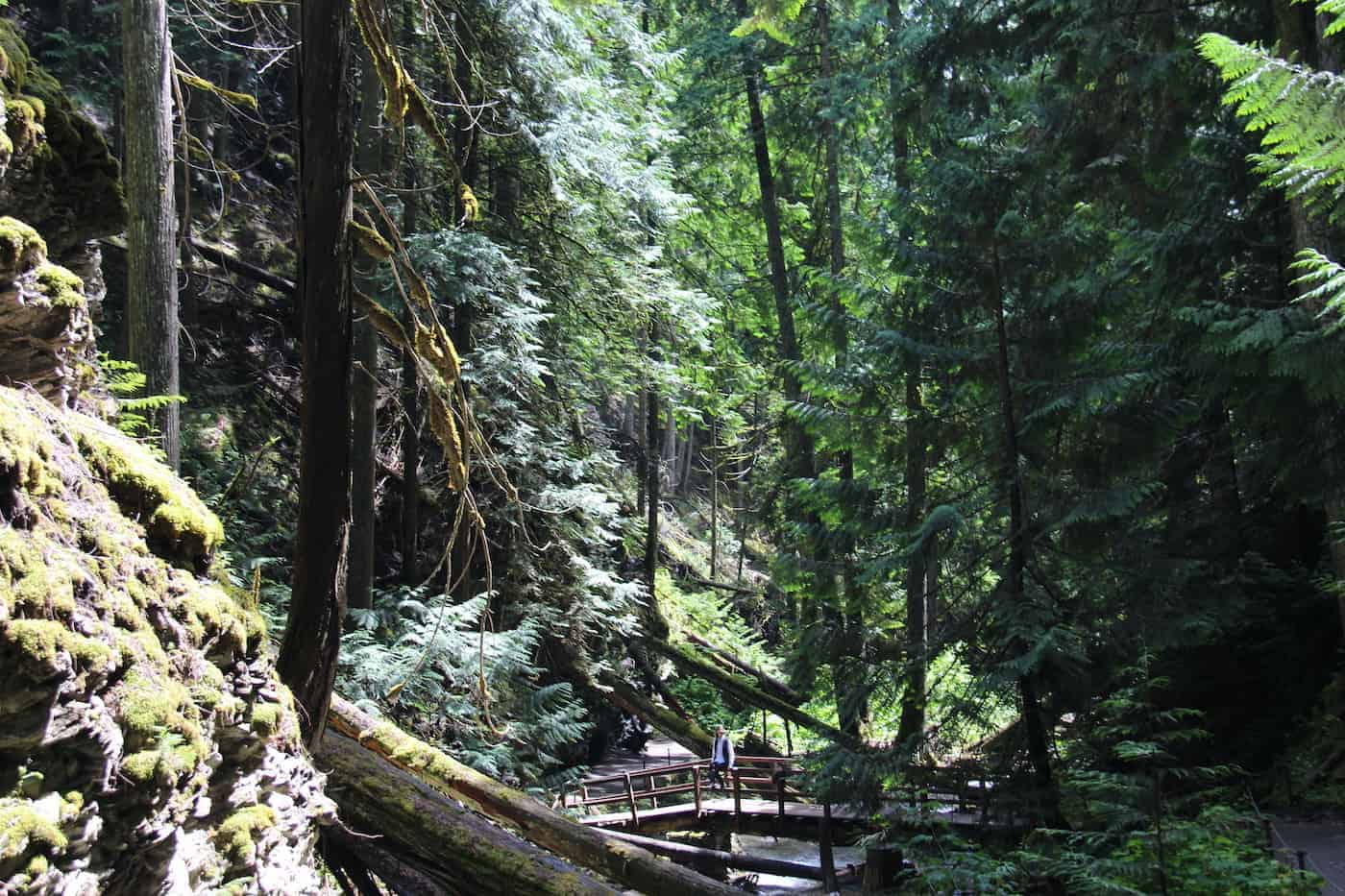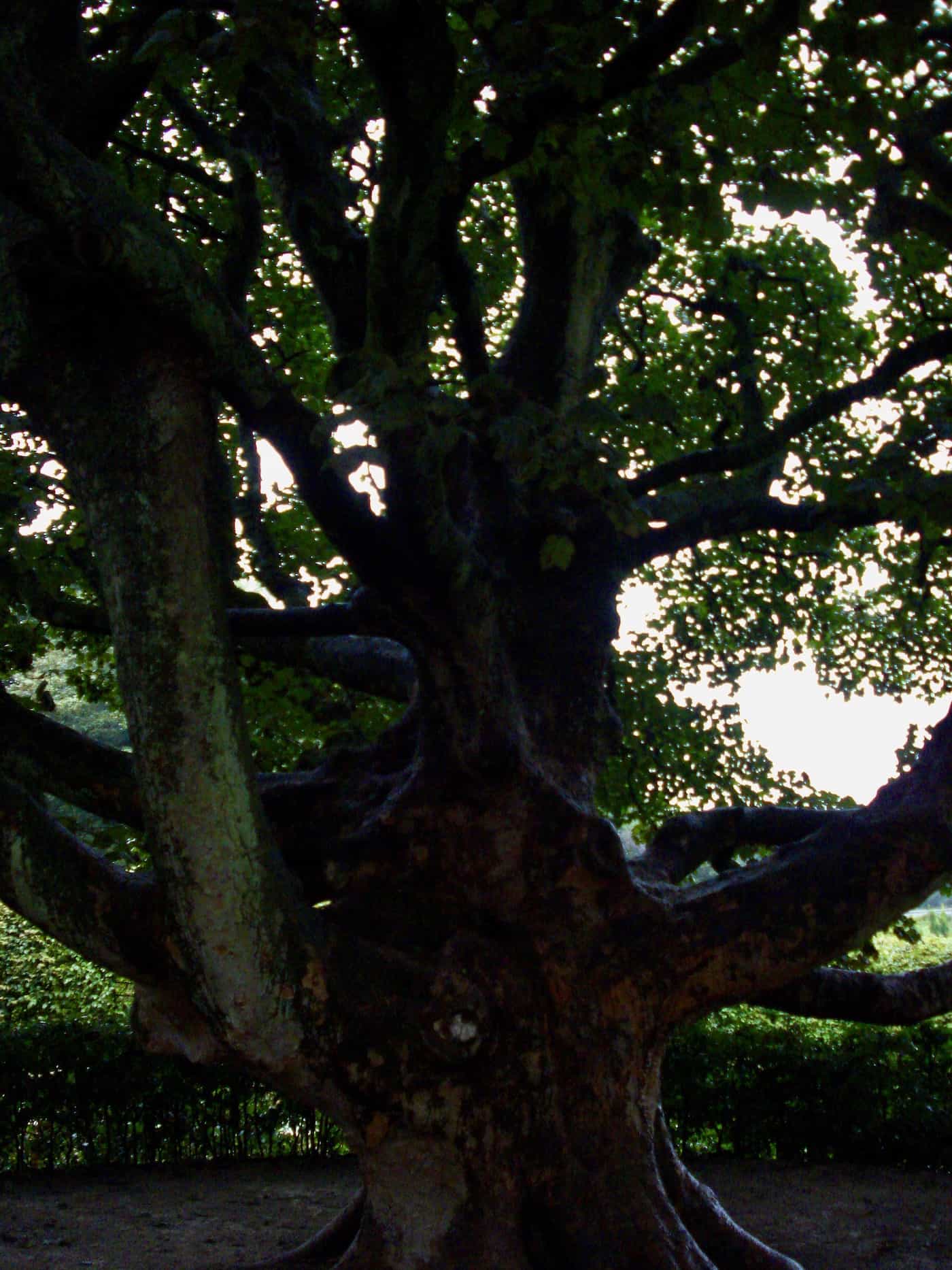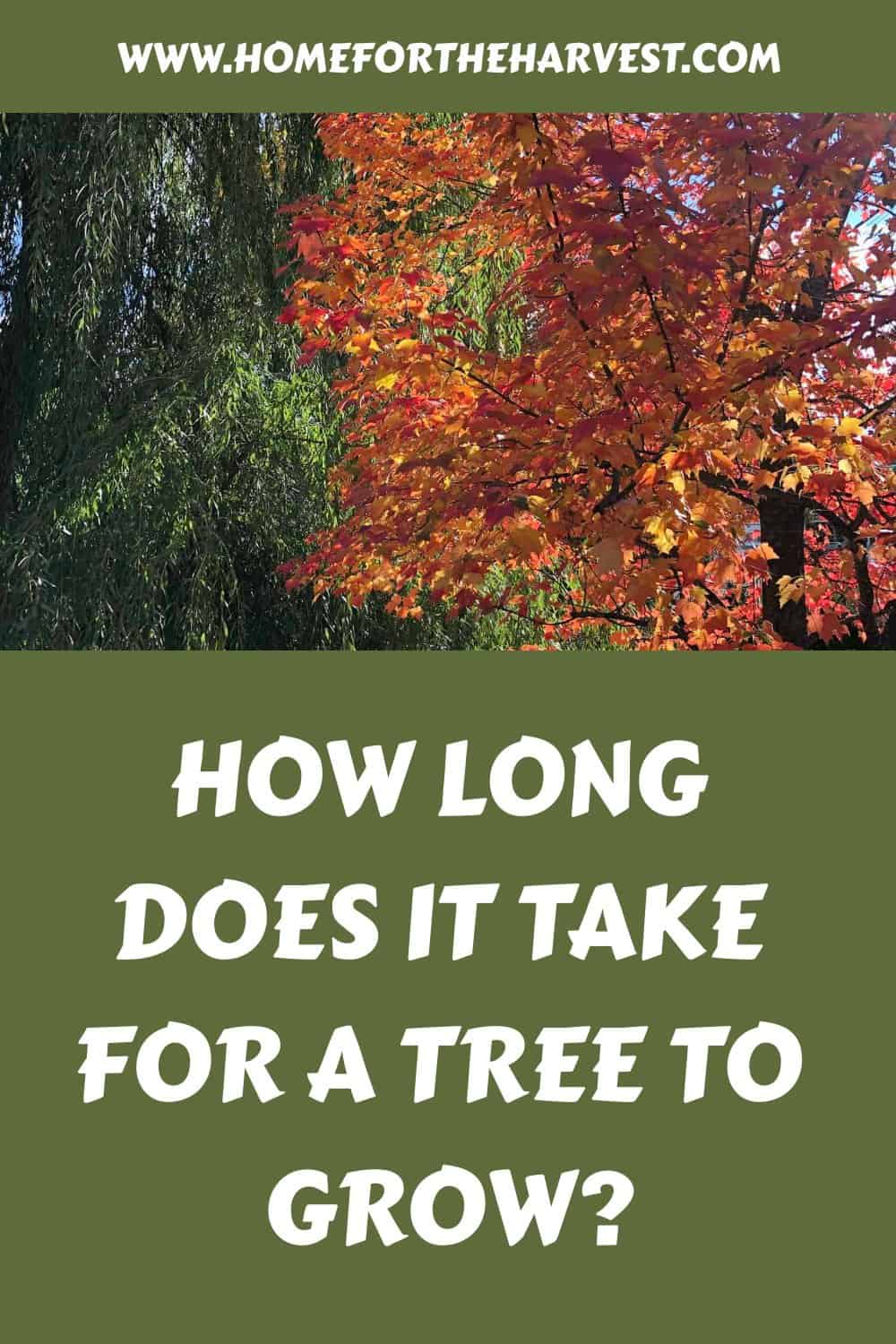Just about everyone with a yard has wondered how long it takes for a tree to grow. We plant trees in our landscape for shade, privacy, beauty, habitat, and for fruit/nuts. The trees sold in nurseries, however, are often not mature enough to meet the intended landscaping purpose right away. And so, we plant and we wait.
The length of time required for a tree to grow depends on both the type of tree and local growing conditions. Fast-growing species like Arborvitae Green Giant, Loblolly Pine, Weeping Willow, and Quaking Aspen can easily reach 10-15 feet tall at an age of 5 years old. Moderate-growing types like American Sweetgum, Coast Douglas Fir, Flowering Dogwood, and Sugar Maple are more likely to take 10 years to reach 10-15 feet in height.
Read on to learn all about how long it takes for different types of trees to grow and some common factors that influence growth rate.
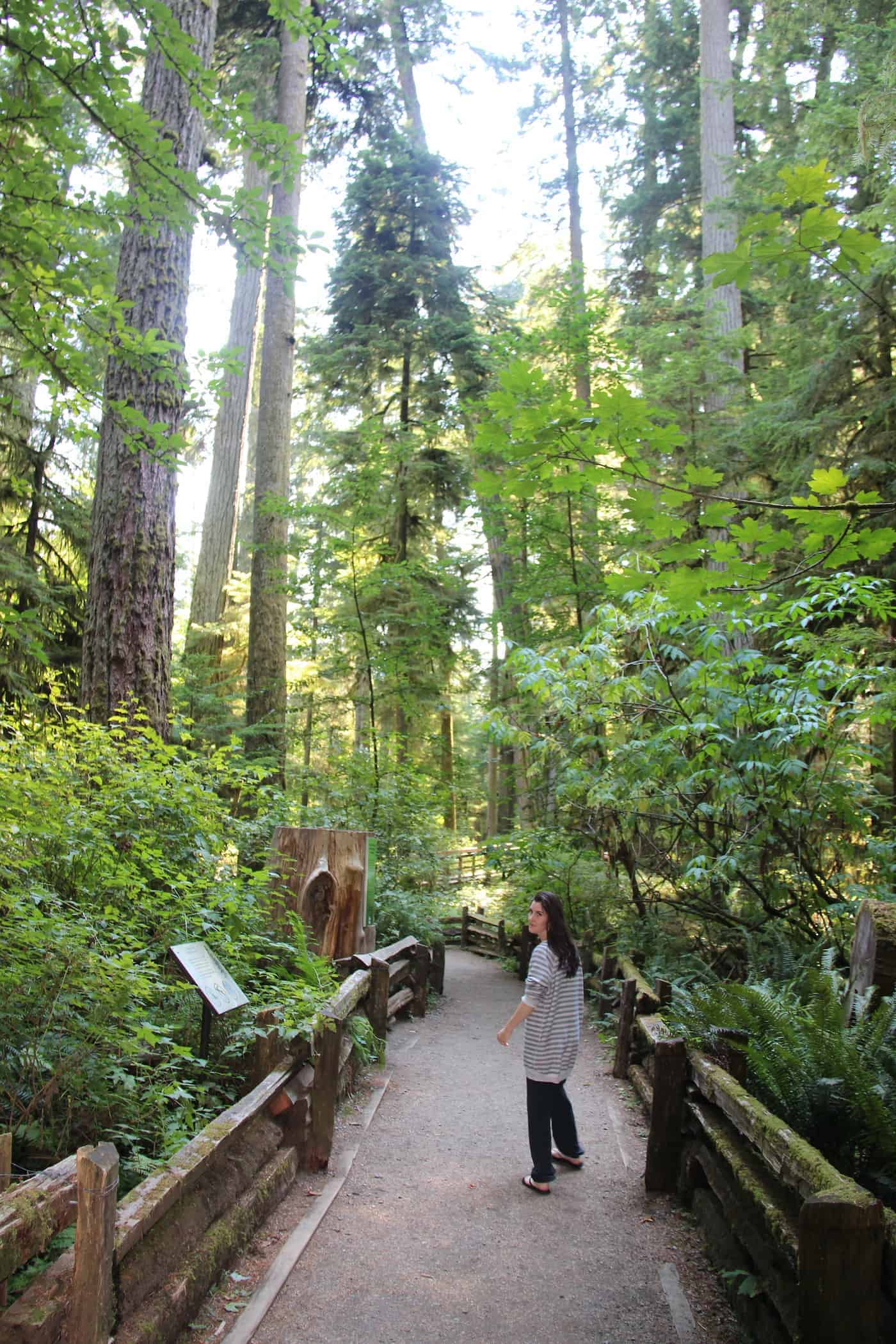
Growth rates of common tree species
Fast-growing tree species like Arborvitae Green Giant, Weeping Willow, and Quaking Aspen can reliably grow 2-3 feet per year in suitable climates. These trees are often used in landscaping when a 10′-20′ tall living screen is desired within a few years of planting. While these trees tend to grow quickly, they rarely stand for over 50 years. Tree nurseries tend to stock these species in several sizes (generally from 2 to 5 years old when sold).
Fast-growing trees:
- Poplar
- Weeping Willow
- Quaking Aspen
- Autumn Blaze Maple
- Arborvitae
A more moderate growth rate of about 1 foot per year is common for species like American Sweetgum, Coast Douglas Fir, and Sugar Maple. These species are typically more substantial in structure than the fast-growing types and routinely live over 100 years when left undisturbed. These are investment trees that will take decades to mature but will be enjoyed by generations. Nurseries also tend to stock both seedling trees (generally about three years old)
Moderate-Growing Trees:
- Sugar Maple
- Tulip Poplar
- Douglas Fir
- Linden
- Sweetgum
Slow growers, like the White Oak and Rocky Mountain Douglas Fir, typically grow less than 1 foot per year. They’re also slow to bear seeds. For instance, a typical White Oak tree can take 50 years to start producing acorns!
While these trees grow slowly, they are also some of the most longest-lasting species. The famous Mingo White Oak lived to be about 600 years old, while the Rocky Mountain Douglas Fir at El Malpais is almost 1000 years old! Slow-growing trees are heirlooms worth nurturing to maturity in meaningful locations.
Slow-Growing Trees:
- White Oak
- Rocky Mountain Douglas Fir
- Blue Cedar
- Weeping Cherry
- Japanese Maple
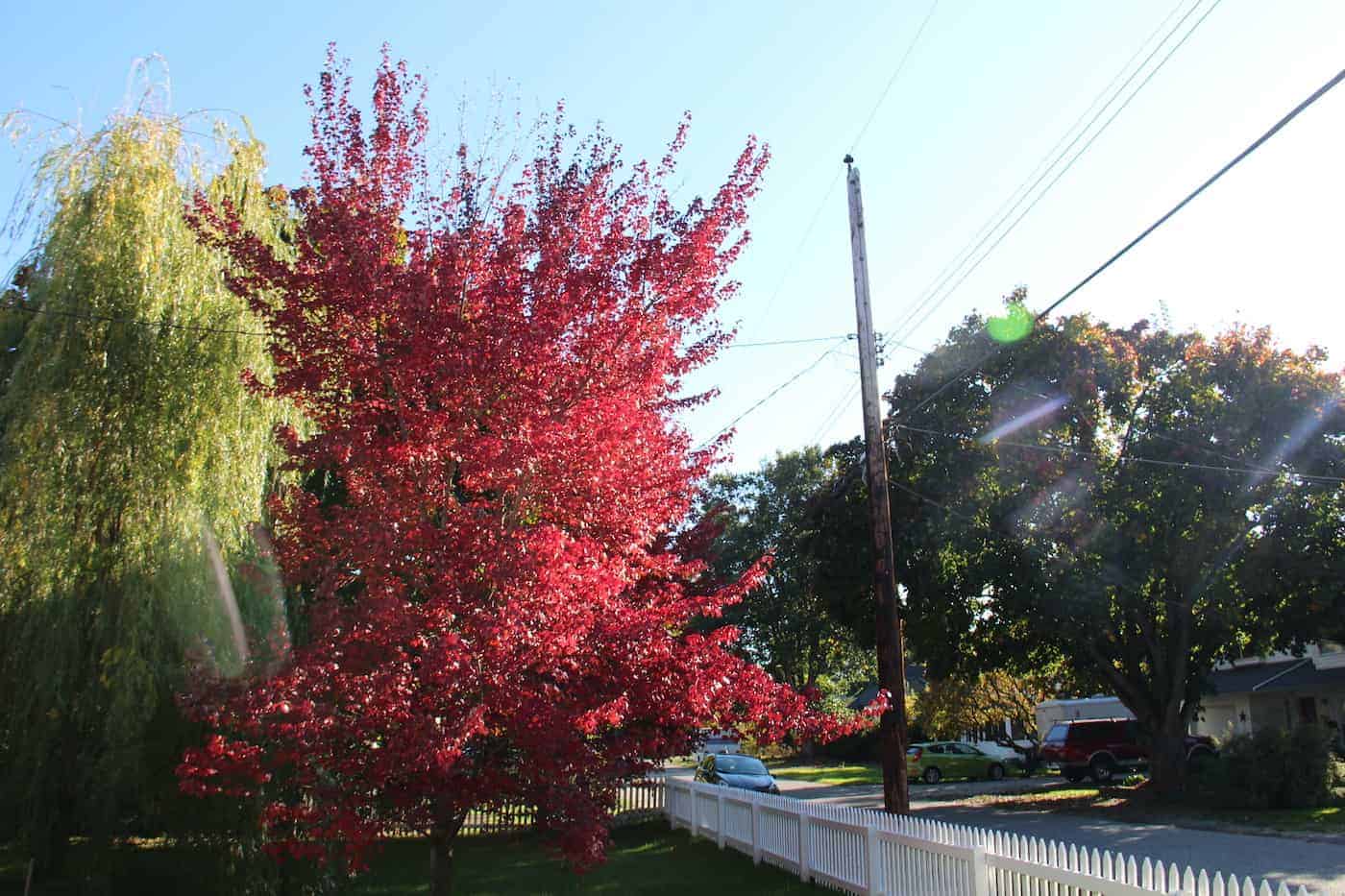
Table 1: Estimated Growth Indicators For Common Tree Species
| Common Name | Growth Rate | Time To First Seed Production | Final Height | Potential Lifespan |
|---|---|---|---|---|
| American Sweetgum | 1 foot per year | 20-30 years | 50-100 feet | 400 years |
| Arborvitae Green Giant | 2-3 feet per year | 20-30 years | 50-60 feet | 100 years |
| Coast Douglas Fir | 1 foot per year | 20-30 years | 40-120 feet | 500 years |
| Flowering Dogwood | 1 foot per year | 6 years | 15-50 feet | 80 years |
| Loblolly Pine | 2-3 feet per year | 12-18 years | 60-100 feet | 100 years |
| Quaking Aspen | 2-3 feet per year | 2-3 years | 40-50 feet | 50 years |
| Red Maple | 1-2 feet per year | 4 years | 40-60 feet | 100 years |
| Sugar Maple | 1 foot per year | 30-40 years | 90-120 feet | 200 years |
| Weeping Willow | 2-3 feet per year | 5 years | 30-40 feet | 50 years |
| White Oak | <1 foot per year | 20-50 years | 60-80 feet | 400 years |
Seed-producing age of maturity of common tree species
In addition to growth height, seed production is an important marker for tree maturity. Trees are considered “mature” when they start to produce viable seeds. The seed-bearing age is typically noted in tree species grown for their fruit or nuts but can also be informative in ornamental and general landscaping types of trees. A newly-matured seed-producing tree will not yet have reached its potential height in most situations.
Deciduous trees like the Quaking Aspen, Red Maple, Weeping Willow, and Flowering Dogwood often start producing their first seeds within a decade of their own seed germination. These are quick-growers who are the first to colonize an empty patch of land.
Many evergreen conifers and timber hardwood species take at least 20 years to start producing seeds, including the White Oak, Sugar Maple, Coast Douglas Fir, and American Sweetgum. While slow to bear seeds, these trees tend to have a long overall lifespan.
“Forest succession is simply the succession or the orderly and predictable change in the dominant species of forest plants. The change in dominance occurs because the plants that dominate early often die early, allowing longer lived plants dominance.”
Forest Succession and Management (2016), by Peter Smallidge, Cornell University College of Agriculture & Life Sciences, Small Farms Program.
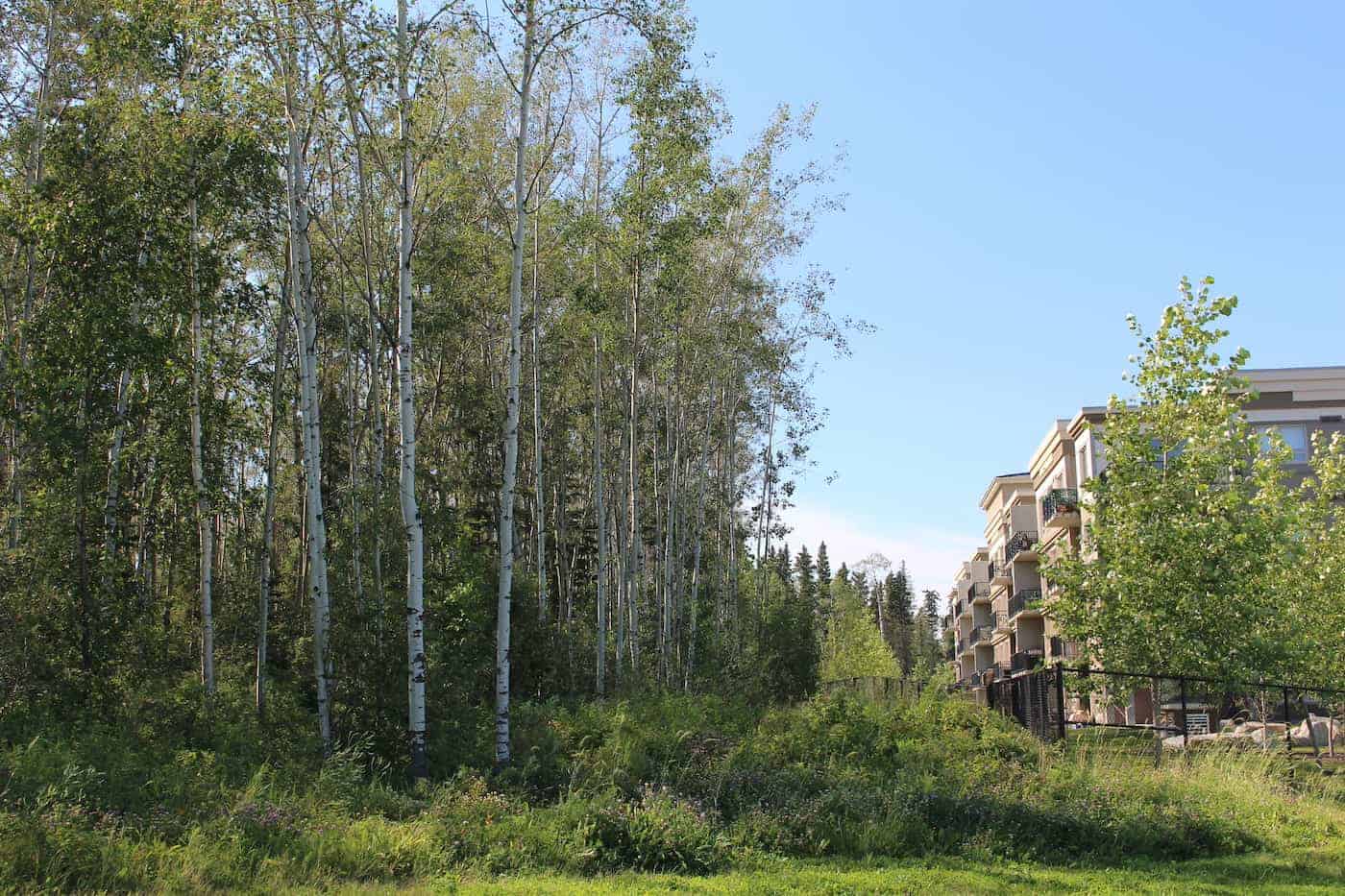
Tree growth rate & effect on overall lifespan
Within a single species, a slower-growing sapling will typically have a longer overall lifespan than a faster-growing sapling nearby (Oregon State University). The faster-growing sapling may ultimately reach a taller height (and bear seeds first), but the slower-growing sapling will reach an older age. Slower-growing trees tend to produce stronger wood and better defense mechanisms against insects and diseases, even within the same type of tree.
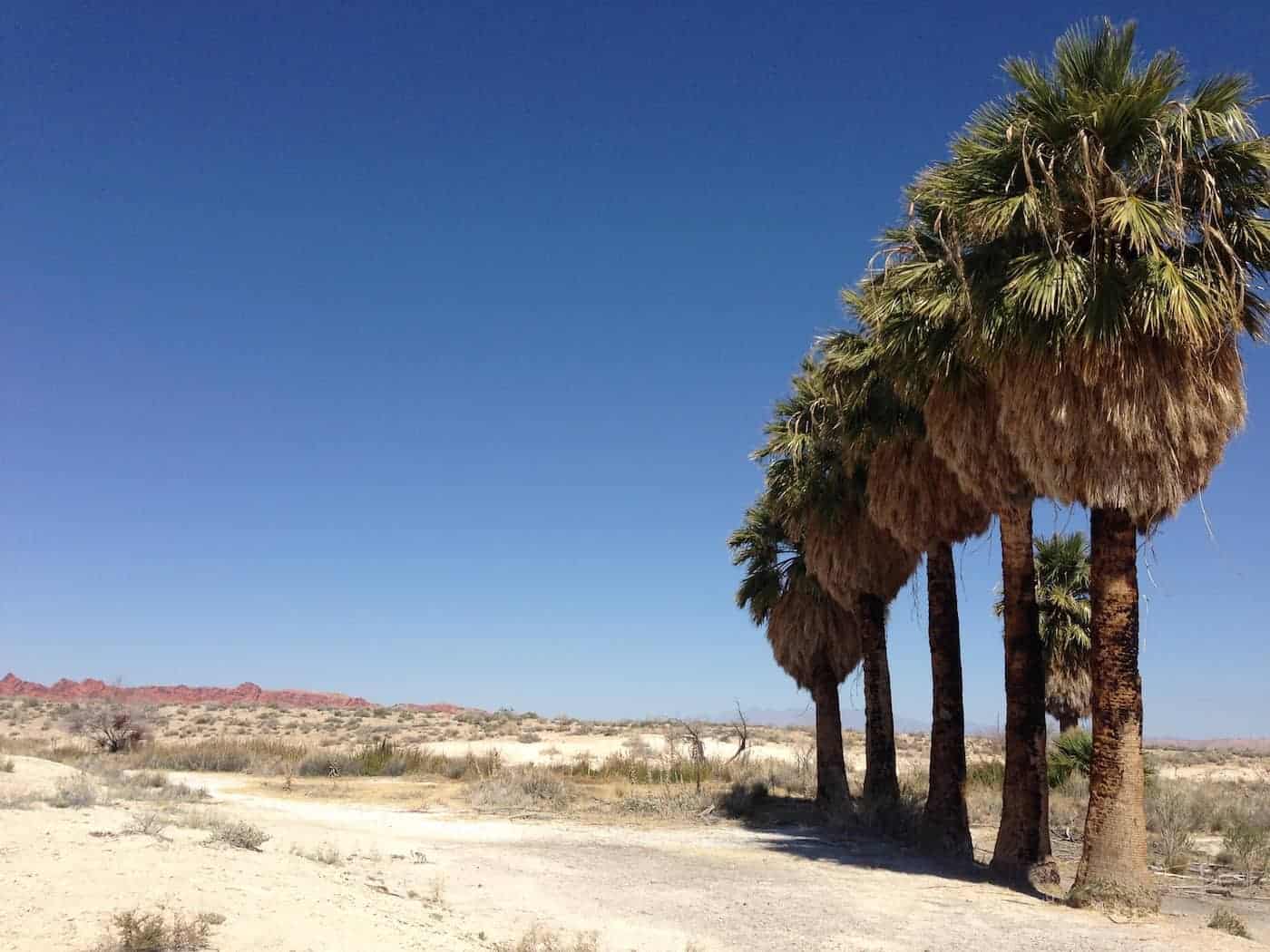
Factors affecting the length of time required to grow
Several key environmental factors affect the length of time that a tree takes to grow to a given height or to reach the point of bearing seeds. An irrigated tree grown in a sunny open field with targeted fertilizer will grow faster than a drought-stricken tree of the same species hanging onto the side of a shady slope. While ideal conditions differ between species, let’s look at the main overall factors affecting individual tree growth rates.
Water availability & tree growth rate
Water is an essential input for tree growth. Water is the main input material for photosynthesis, which is how trees produce the energy required to grow. Plant cells are made up mainly of water, and trees also use water as a transport fluid to deliver mineral nutrients to each cell. Water even wakes tree seeds out of dormancy and causes them to germinate and sprout into a baby seedling tree!
Since the majority of the volume of a tree is made up of water, it stands to reason that the availability of water is key to growth. A tree that does not have enough water to fill its cells will become stunted as it struggles to create its own building blocks. A tree experiencing water scarcity will also struggle to cool itself by evapotranspiration in hot weather. Such a tree is likely more focused on mere survival than on growing larger.
Trees rely on natural water sources such as rainfall, groundwater, and surface water streams. Trees with well-developed root systems are able to take advantage of timely rainfall with their shallow roots and go on to survive drought with their deep, groundwater-accessing roots. Trees in sandy soil may not be able to absorb much water before it drains away, while the roots of trees in clay soil may suffocate under puddles of ponding rainwater.
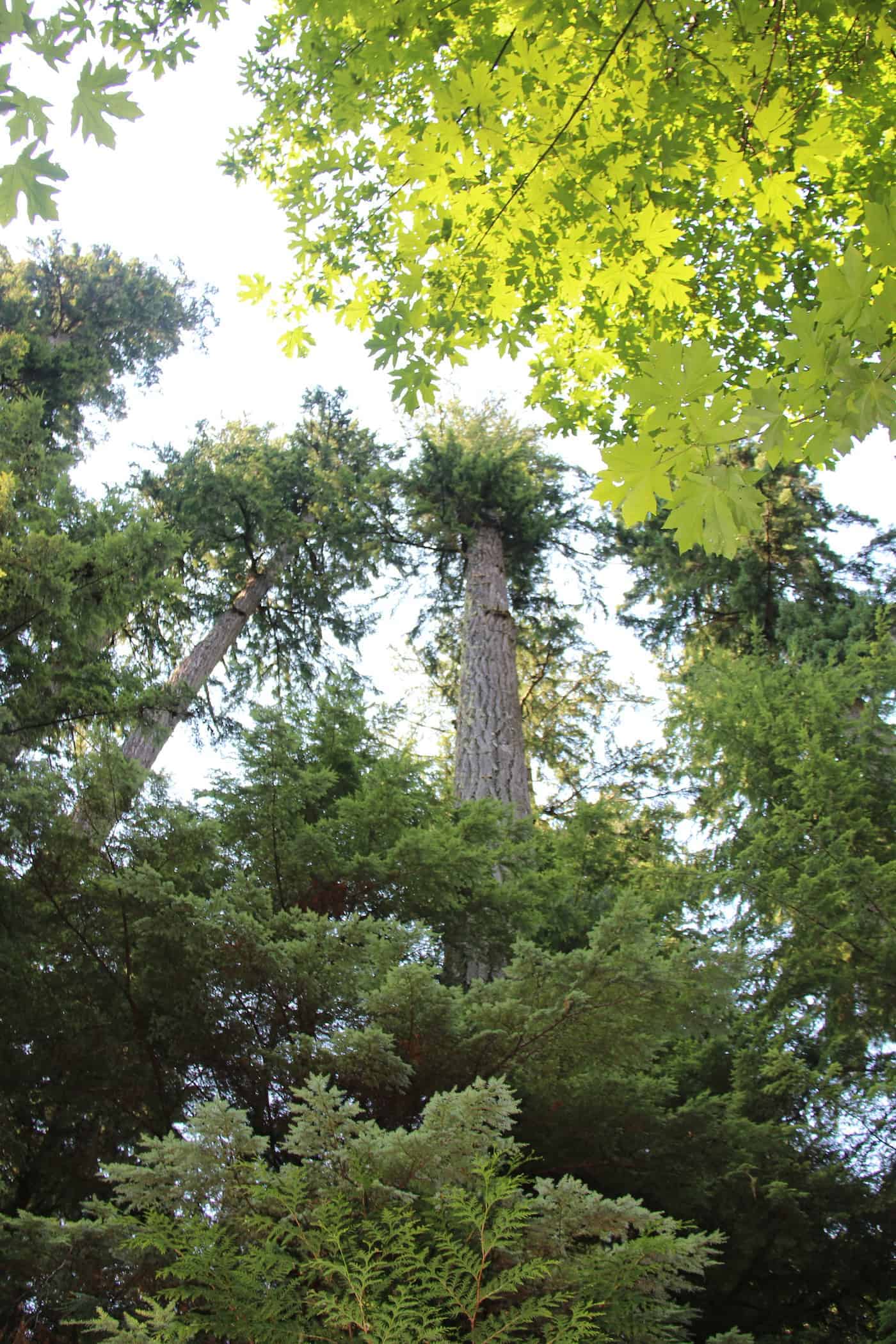
Sunlight availability & tree growth
The leaves of a tree absorb sunlight and allow the tree to create its own energy through a process called photosynthesis. Simple sugars are created from sunlight, along with air and water. Without adequate sunlight, the process of photosynthesis is limited, and the tree is not able to produce as much energy as it would like to. Lower available energy translates to less capacity for growth. This is why trees in overly shady spots grow so slowly.
The majority of tree species need full sun in order to thrive and grow to their maturity quickly. There are, however, some understory tree species that require some shade and shelter for optimal growth. Choose a tree that is well-suited to the sunlight availability in your yard to help it reach its maturity as quickly as possible. There are also certain tree species better suited to urban environments as they are able to photosynthesize in less than pristine city air.
More factors
There are even more factors that affect the tree-growing timeline than I’ve listed here. For instance, some apple tree varieties take longer to mature than others, even though they are of the same species. Nature is amazing!
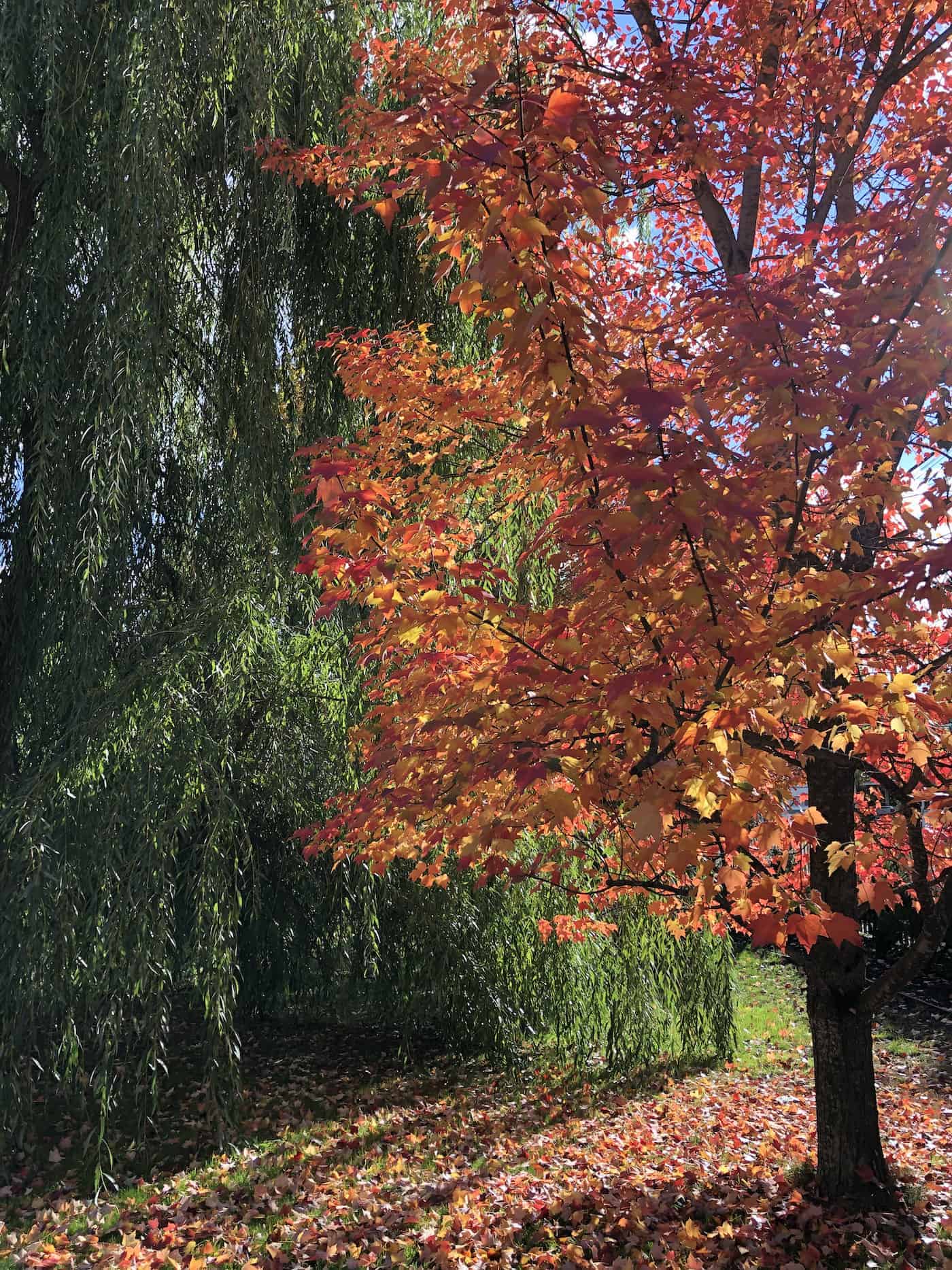
Essential mineral nutrients & tree growth rates
Trees require specific essential plant nutrients to carry out their growth processes at the cellular level. Tree roots access mineral nutrients in the soil by absorbing water that holds the nutrients in solution.
If one or more essential nutrients are not present in the soil in adequate amounts or are not sufficiently broken down to be in solution, growth will be affected. The deficient nutrient will become the limiting factor in the growth of the tree. While there are several dozen mineral nutrients required for tree growth, nitrogen seems to be the most commonly deficient nutrient slowing the growth of a tree. Many tree fertilizers are high in nitrogen (the first number in the NPK ratio).
“If one of the chemical elements essential to a plant is available in insufficient amounts or in chemical combinations that are poorly absorbed, the deficiency of this element will bring about derangements in plant metabolic processes. Eventually these metabolic disturbances manifest themselves in the development of visible symptoms such as stunted growth, yellowing or purpling of leaves, or other abnormalities.”
Mineral Nutrition of Plants: Principles and Perspectives, by Emanuel Epstein and Arnold J. Bloom
